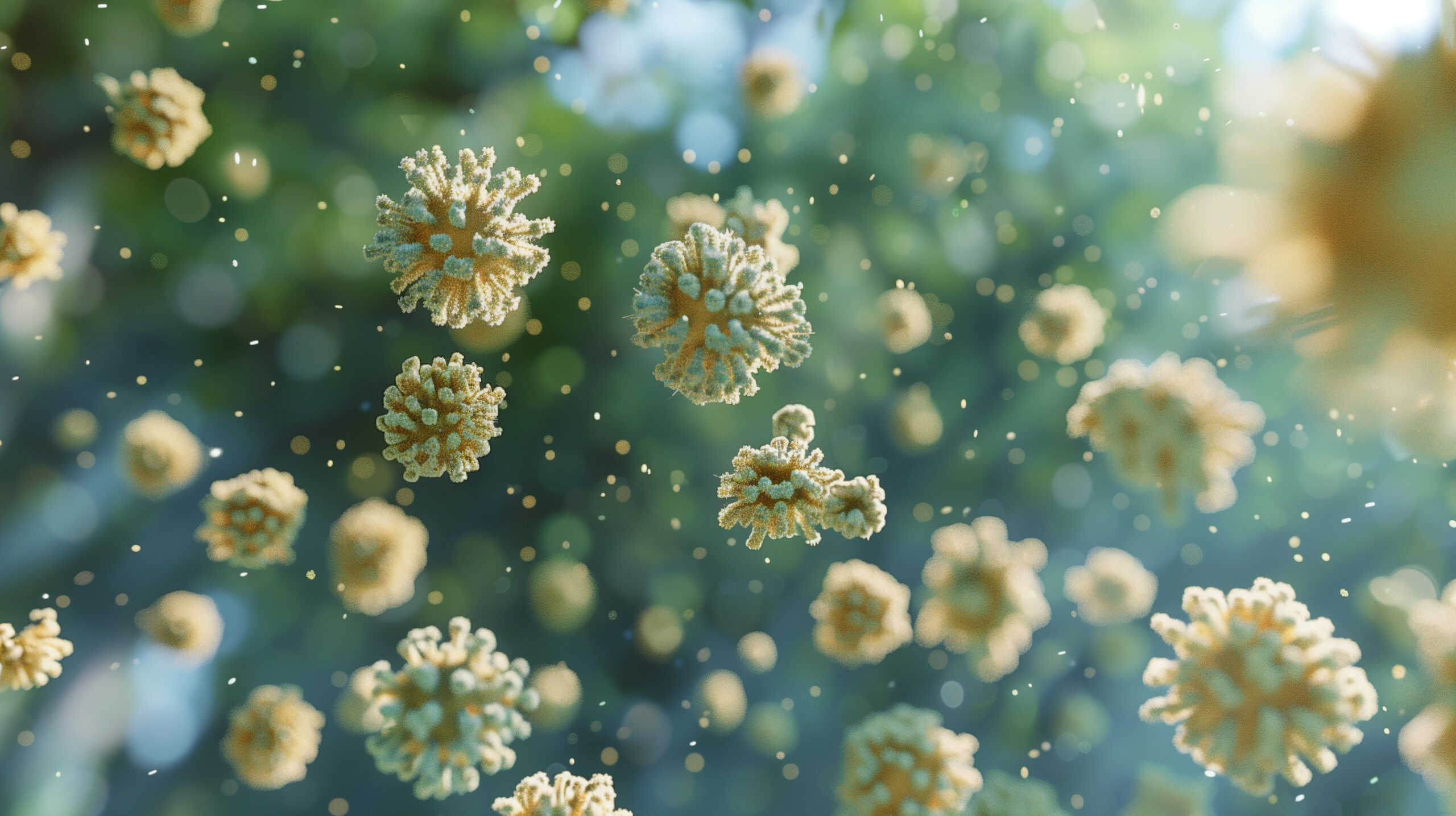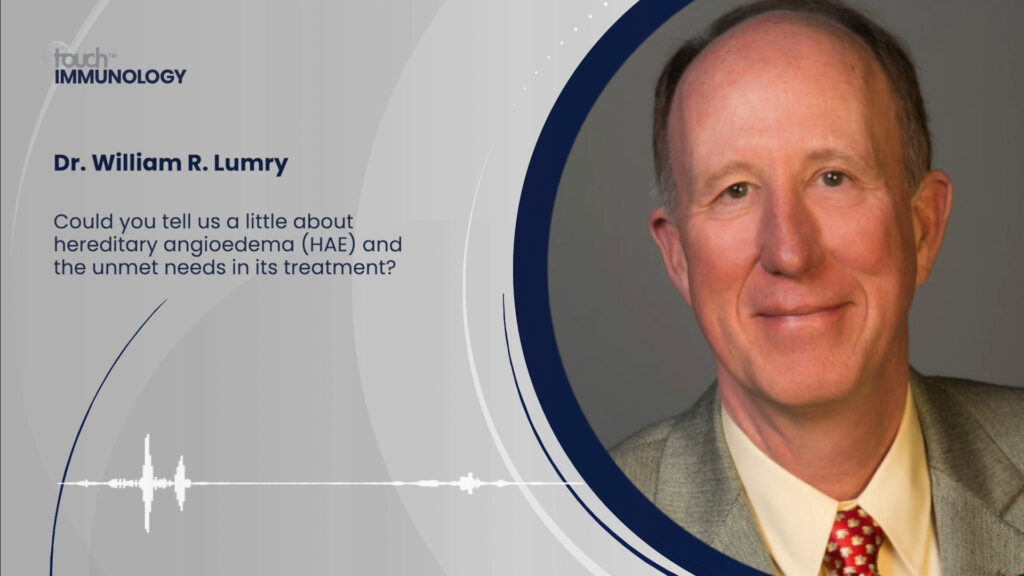
Epinephrine remains the first-line treatment for severe allergic reactions, including anaphylaxis, where prompt and effective intervention is crucial for patient outcomes.1 Epinephrine sublingual film contains a novel prodrug of epinephrine being developed for the treatment of type 1 allergic reactions, including anaphylaxis.2 It is crucial that an epinephrine rescue medication for anaphylaxis is small, portable and capable of withstanding different environmental conditions. The following abstracts on epinephrine sublingual film were presented at the American Academy of Allergy, Asthma & Immunology (AAAAI) 2025 congress (San Diego, CA, USA, 28th February – 3rd March 2025).
The OASIS study (Abstract AB433)
The OASIS study was a phase II, open-label, randomised trial comparing the pharmacokinetics (PK) of epinephrine sublingual film to intramuscular (IM) epinephrine injection in adult patients with oral allergy syndrome (OAS).3 The study evaluated single and repeat doses of epinephrine sublingual film, with and without an oral allergen challenge (OAC), and IM epinephrine. The findings were:
- single doses of epinephrine sublingual film with OAC equalled or exceeded intramuscular epinephrine across primary and secondary PK parameters;
- there was no significant difference in PK parameters between OAC and no OAC groups; and
- intervention led to rapid symptom resolution, with a median recovery time of 12 minutes, compared to 74 minutes without treatment. Additionally, the mean time to resolution of angioedema symptoms was 5 minutes.
The investigators concluded that oral physiological changes caused by allergen exposure in patients with OAS did not alter the PK or pharmacodynamic (PD) profiles of epinephrine sublingual film.
The pharmacokinetic and pharmacodynamic responses of epinephrine sublingual film (Abstract AB100)
A phase III cross-over trial compared the PK (including time-to-peak plasma concentration [Tmax]) and PD (heart rate [HR], systolic [SBP] and diastolic blood pressure [DBP]) of epinephrine sublingual film with epinephrine autoinjectors (EAI) and manual IM epinephrine injection in 64 healthy adults.2 After a single dose, the Tmax variability as reflected by interquartile range (IQR) was 5.0 minutes for epinephrine sublingual film (median Tmax: 12 minutes), 23.5 minutes for epinephrine autoinjector 1 (median Tmax: 20 minutes), 32.0 minutes for epinephrine autoinjector 2 (median Tmax: 30 minutes), and 15.0 minutes for manual IM injection (median Tmax: 50 minutes). Following treatment with epinephrine sublingual film, clinically meaningful changes in median SBP, DBP, and HR were seen in 5 minutes (>10 mmHg), 5 minutes (>10 mmHg), and 8 minutes (>10 bpm), respectively.
Durability of epinephrine sublingual film under real-world use (Abstract AB98)
Epinephrine sublingual film was tested under different conditions to see how it would endure real-world events, such as accidental laundering, rain exposure, and product folding.4 It was frozen and thawed at 25°C, 40°C, and 60°C, submerged in 60°C and 25°C water for 30 or 60 minutes, and folded at 180º throughout the stability period. Following freeze-thaw, the potency after 12 months was 98.0%, 100.7%, and 99%, respectively. Furthermore, the primary pouch integrity held after hot water submersion and the product remained durable under repeated folding. Epinephrine sublingual film demonstrated durability, stability and performance within specification after exposure to different real-world conditions. Finally, dissolution tests demonstrated consistent drug release from films when frozen to -80ºC, heated to 70ºC, and brought back to room temperature. The study concluded that epinephrine sublingual film is effective under sub-freezing conditions, as opposed to liquid formulations which would freeze.
Stability results of epinephrine sublingual film under extreme temperature conditions (Abstract AB98)
To test the stability and potency of epinephrine sublingual film across extreme temperatures, films underwent high temperatures followed by long-term storage and a subsequent return to room temperature.5 The potency of epinephrine sublingual film before exposure was 102.2% LC (long-term storage conditions). The findings were as follows.
- Following exposure to 50°C for 28 days, the potency was 97.7% LC and 96.9% LC after 12 months at 25°C/60% RH (relative humidity) post-excursion.
- Following exposure to 60°C for 21 days, the potency was 97.3% LC and 95.2% LC after 12 months at 25°C/60% RH post-excursion.
- Following exposure to 70°C for 7 days, the potency was 96.6% LC and 91.7% LC after 12 months at 25°C/60% RH post-excursion.
References
- Dribin TE, Waserman S, Turner PJ. Who Needs Epinephrine? Anaphylaxis, Autoinjectors, and Parachutes. J Allergy Clin Immunol Pract. 2023;11:1036–46. DOI: 10.1016/j.jaip.2023.02.002.
- Kraus, C, Wargacki S, Greenhawt M, et al. Epinephrine Delivered via Sublingual Film (AnaphylmTM) Elicits Rapid and Consistent Pharmacokinetic and Pharmacodynamic Responses. J Allergy Clin Immunol. 2025;155(Suppl.):AB100.
- Kraus C, Wargacki S, Berg S et al. Oral Anaphylm Symptom Intervention Study (OASIS). J Allergy Clin Immunol. 2025;155(Suppl.):AB433.
- Wargacki S, Buono V, Tsodikov G, et al. Durability of AnaphylmTM (Epinephrine Sublingual Film) under Real-World Use. J Allergy Clin Immunol. 2025;155(Suppl.):AB98.
- Varjan S, Wargacki S, Buono V, Tsodikov G. Stability Results of AnaphylmTM (Epinephrine Sublingual Film) Under Extreme Temperature Conditions. J Allergy Clin Immunol. 2025;155(Suppl.):AB98.
Further content in allergic conditions.
Disclosures: This article was created by the touchIMMUNOLOGY team utilizing AI as an editorial tool (ChatGPT (GPT-4o) [Large language model]. https://chat.openai.com/chat.) The content was developed and edited by human editors. No funding was received in the publication of this article.
Support: No funding was received in the publication of this short article.
Cite: Epinephrine Sublingual Film for Type 1 Allergic Reactions: Key data from #AAAAI2025. touchIMMUNOLOGY. March 20th, 2025.
SIGN UP to TouchIMMUNOLOGY!
Join our global community today for access to thousands of peer-reviewed articles, expert insights, and learn-on-the-go education across 150+ specialties, plus concise email updates and newsletters so you never miss out.









